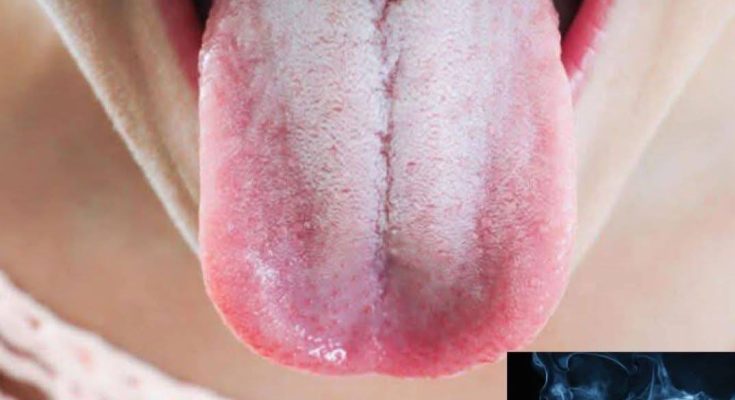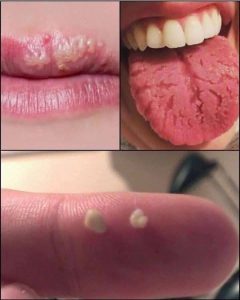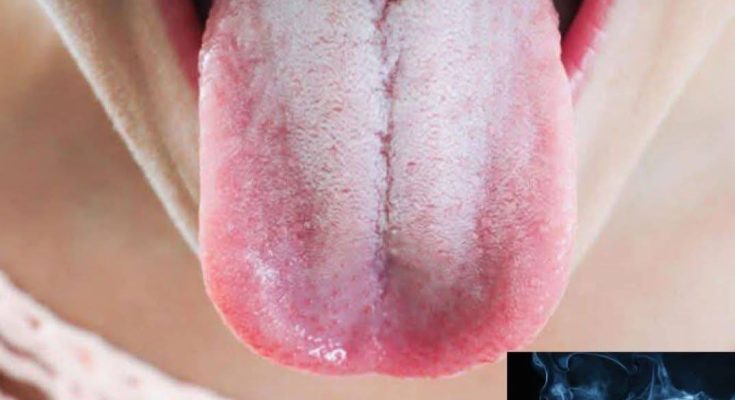
 If your tongue is white, this is a clear sign that you are suffering from…see more
If your tongue is white, this is a clear sign that you are suffering from…see more

BE CAREFUL, if you get these bruises on your body, it means you have Ca…see more

Bruises are a common occurrence and usually happen due to minor injuries. However, if you notice unusual bruising on your body without any apparent reason, it might be a sign of an underlying health issue. Here’s what you need to know about unexplained bruises and when you should seek medical attention.
What Causes Unexplained Bruising?
Bruising occurs when small blood vessels (capillaries) break under the skin, leading to discoloration. While this is typically harmless, frequent or unexplained bruises could indicate the following conditions:
- Vitamin Deficiencies
- Vitamin C Deficiency (Scurvy): This vitamin is essential for collagen production and blood vessel health. A lack of vitamin C can lead to easy bruising, fatigue, and even gum bleeding.
- Vitamin K Deficiency: Vitamin K helps in blood clotting. If your body lacks this vitamin, you may experience excessive bruising and prolonged bleeding from minor cuts.
- Blood Disorders
- Leukemia: One of the early signs of leukemia (a type of blood cancer) is frequent and unexplained bruising. It happens because of a low platelet count, which impairs the blood’s ability to clot properly.
- Hemophilia: A genetic condition where blood doesn’t clot properly, leading to excessive bruising and prolonged bleeding from injuries.
- Anemia
- Iron Deficiency Anemia: Low iron levels can weaken blood vessels, making bruises more common and prominent. Other symptoms include fatigue, pale skin, and dizziness.
- Certain Medications
- Blood thinners, such as aspirin and warfarin, can increase the likelihood of bruising.
- Steroids can also make your skin thinner, leading to easy bruising.
- Aging and Fragile Skin
- As people age, their skin becomes thinner and loses its protective fat layer, making blood vessels more susceptible to damage.
When Should You Be Concerned?
While most bruises heal on their own, you should see a doctor if:
- You notice frequent, large, or painful bruises without any injury.
- Your bruises appear alongside unusual symptoms like extreme fatigue, weight loss, or prolonged bleeding.
- You have a family history of bleeding disorders.
- Your bruises take an abnormally long time to heal.
How to Prevent Excessive Bruising
- Maintain a balanced diet rich in vitamins C, K, and iron.
- Avoid excessive alcohol consumption, as it can weaken blood vessels.
- Be cautious when taking blood-thinning medications.
- Protect your skin by wearing long sleeves and using padding during physical activities.
Conclusion
Bruising is a normal bodily response to injury, but persistent or unexplained bruising can be a red flag for underlying health conditions. If you’re experiencing unusual bruising, don’t ignore it—consult a healthcare professional to rule out any serious issues.
Stay aware and take care of your health!



